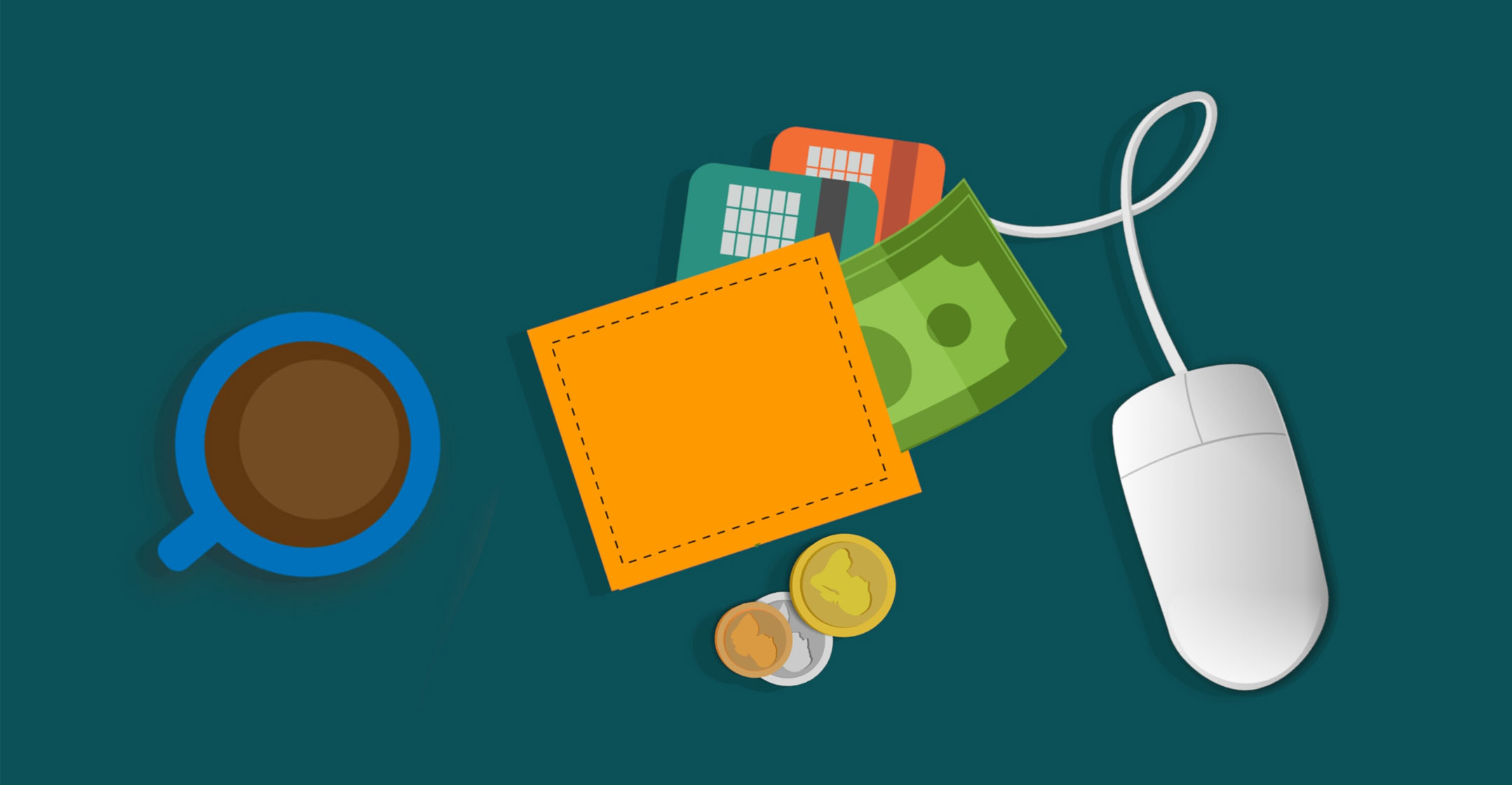
There is a frequent misconception in discussions around digital banks, namely that digital banks and traditional banks differ only at the surface. Digital banks, the misconception goes, are simply traditional banks that focus on apps instead of branches and try to reduce costs by prioritising slick interfaces over bricks and mortar.
But this is a misunderstanding of what digital banks are, and the degree to which they are distinguishable from traditional banks. Digital banking is not about driving customer interaction on digital channels. It is about the benefits that arise when a bank is premised entirely around a modern digital core.
Digital banks are typically built on a cloud-based tech stack (the “tech stack” is what we call our underlying data infrastructure). This is our advantage; this is what allows us to reduce our costs and provide customers with a better banking experience and greater value for money. We’re not just unencumbered by branches; we’re free from legacy server rooms, decades of inefficient, patched-together systems and services, and forced reliance on outdated technology that results in a disjointed customer experience, disparate data and poor “Jaws ratios”.
A bank built on a purely digital technology stack is exponentially better at certain things than traditional banks. A modern digital bank’s tech stack is purpose-built, secure, free of legacy inefficiencies and blockages, agile, and responsive. It is a platform with vast potential.
The tech stack allows us to fix issues rapidly and at source, not through inefficient workarounds and patches. It allows for the implementation of robotic automation and artificial intelligence to streamline and accelerate process efficiency. It allows for the real-time, advanced analysis of astonishing amounts of data. And it provides an exceptional view of our customers to enable advanced risk assessment, improved customer experiences, and real-time fraud and money-laundering prevention.
Open systems
It also allows a radical reshaping of the extent to which digital banks can collaborate with other companies. In an era of open systems, proprietary architectural control is outdated. It limits your ability to grow and adapt. The open-service architecture of a modern tech stack allows digitals banks to collaborate with third parties at fast pace and minimal additional cost. Open systems allow for a continuously expanding product portfolio without compromising the efficiency and agility of the central stack or overburdening the balance sheet. They allow digital banks access to a much vaster market for innovative products, with minimal time to incorporate them.
And it is these benefits – not a focus on apps – that are driving the stunning success of digital banks worldwide. Take Brazil’s Nubank, which tripled its customer base from 12 million to more than 34 million in three years. Or Russia’s Tinkoff, which in 2020 produced a return on equity of 40% and a Jaws ratio of 10% over the last 10 years (compared to -2% to 1% for South Africa’s big retail banks over the last four years), meaning that its income grew 16-fold while its costs grew only six-fold over that period. This is the promise of digital banks: Once they outcompete old banks, they have the potential for exponential returns.
The app is merely the visible wrapper overlaying this sleek, efficient and ultra-low-cost core. The decisions we make around the specifics of customer interaction are secondary. TymeBank, for example, has chosen to adopt a hybrid model of physical onboarding points, which makes sense in the South African market. Through our partnership with Pick n Pay and Boxer, we take advantage of the ubiquity of retail points to allow our customers to sign up for accounts and obtain live debit cards in under five minutes without any paperwork. This hybrid model allows us to have onboarding and cash-handling footprints that rival the traditional branch-based bank’s footprints from day one, at a fraction of the cost. But this hybrid model is not our raison d’etre, simply one of the possibilities that our digital core allows.

Traditional banks that happen to be branchless – some private and corporate banks for example – are a different category. Their costs grow in tandem with growth in revenue because these models require a high-touch approach on the front end with customers. While they might drive engagement away from staff towards digital channels, they still rely on middle offices and back offices involving manual processes. They don’t have the tech and data stacks that allow for continuous automation, pruning, fixing at source and quick responses to customers’ needs.
It is the agility of digital banks that ultimately allows us to compete head-to-head with the large old banks. As digital banks, we’re able to run scale retail operations at a cost base that is significantly lower than those of the large incumbent banks. Once digital banks break even, they are able to produce exponential growth in profits. But an even greater advantage of our agility is the way in which we can build a bank around the customer experience, and with the agility and flexibility required to live up to customer expectations.
We encourage debate around digital banks. We think they’re worth talking about. But a narrow focus on the savings incurred through reducing rental property and staff headcounts obscures the fundamental and lasting ways in which they’re reshaping financial services.
- Tauriq Keraan is CEO of TymeBank

